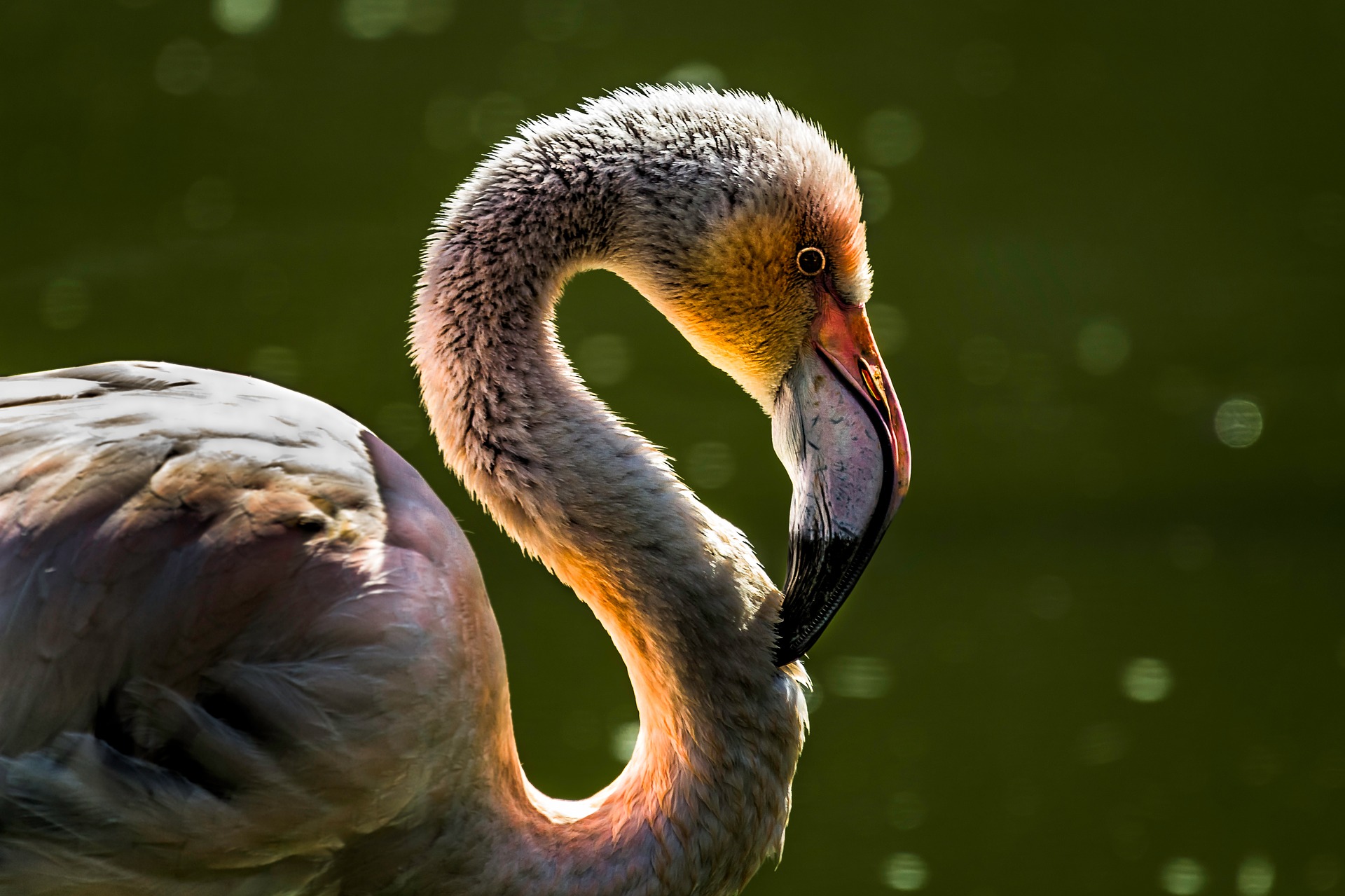The bird lives mainly in the tropical and Mediterranean climates of Africa and Asia, while in Europe it breeds only on the Iberian Peninsula and in southern France, although it has also spread northward.Continue reading

A few days ago two pink flamingos were spotted in Hungary, the Kiskunkság National Park announced on its website. Normally, this bird species is seen in Hungary only in zoos, but since the 1910s it has been seen a total of 16 times also outdoors.
This article was originally published on our sister-site, Ungarn Heute.
In our country, flamingos are usually seen only in nature movies or zoos, but there are some exceptions. On January 6, 2022, in the south-central part of the country, next to the village of Dunatetétlen, the 16th such exceptional case since the 1910s occurred, when two pink flamingos were spotted by birdwatchers. One young and one old specimen were standing in the shallow water. During the afternoon they took to the air and flew away, and were not seen again in the following days.

Flamingos at Dunatétlen on 6 January 2022. Photo by Kiskunság National Park
As mentioned, the Pink Flamingo is an extremely rare visitor to Hungary. One juvenile was last seen in 2018 at Lake Fehér in Szeged, southern Hungary, and two others in 2017 at Lake Csaj. The species nests in many areas of southern Europe, although it has special habitat requirements. The species is native to Africa but also comes from the Middle East to India. Pink flamingos breed primarily in colonies of individuals on flat islands on extensive, shallow, muddy beaches on salt lakes or ocean bays. But global warming has caused some of these lakes to dry up and the flamingos are increasingly moving inland.
However, the shallow brackish lakes in the Hungarian lowlands are somewhat reminiscent of the salt ponds and coastal lagoons where flamingos are regularly found. The prey of flamingos mainly includes small crustaceans, mosquito larvae, mollusks, and annelids.
Source: Kiskunság National Park
Featured image: illustration via Pixabay